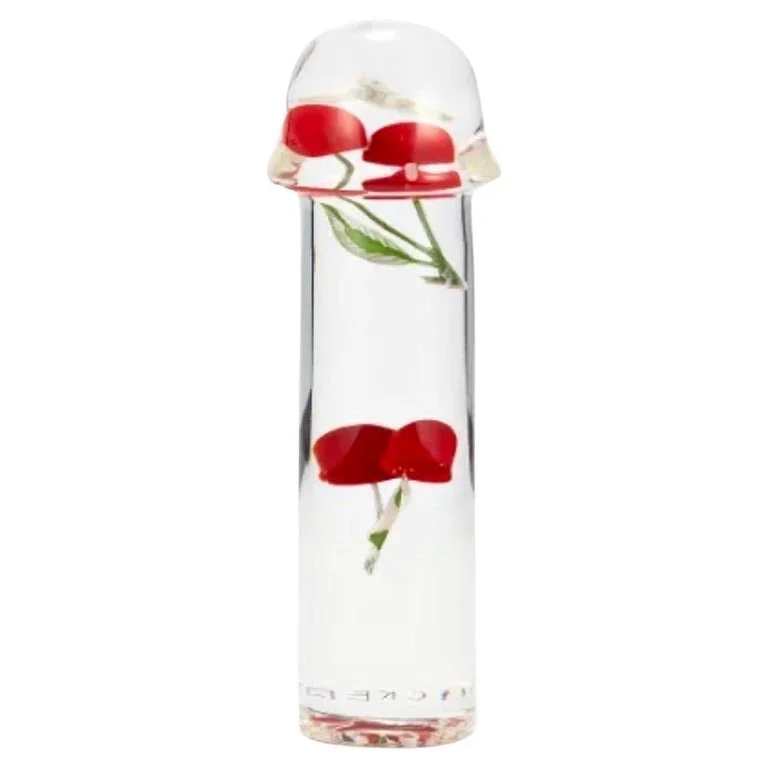Bruce Beasley Cherry Picker Pecker Sculpture, Signed, 1969, USA
Bruce Beasley Cherry Picker Pecker Sculpture, Signed, 1969, USA
Bruce Beasley cherry picker sculpture, Signed, 1969, USA. Beasley is recognised as one of the most noteworthy and innovative sculptors on the American West Coast. His work can be found in the permanent collection of 40 art museums around the world, including: Museum of Modern Art in New York City; the Guggenheim Museum, New York City; the Los Angeles County Museum of Art; the San Francisco Museum of Modern Art; the National Art Museum of China in Beijing; the Musee National d'Art Moderne-Centre Georges Pompidou in Paris; the Smithsonian Museum of American Art in Washington, DC; the Kunsthalle Mannheim in Germany; and the Islamic Museum in Cairo.
In the 1960s, Beasley's first work consisted of welded sculptures made from broken cast iron. This work brought him national recognition when in 1961 one of his sculptures was included in the ground breaking exhibition The Art of Assemblage at the New York, Museum of Modern Art a piece which appeared in an exhibition which Philip Linhares, Chief Curator of Art of the Oakland Museum of California referred to as "seminal". The following year his assemblage sculpture "Chorus" was acquired by New York's Museum of Modern Art, making Beasley the youngest artist to have work in the permanent collection.
In 1961, while a student at Berkeley, Beasley joined Peter Voulkos in building one of the first sculptor-built foundries, the storied Garbanzo Works that was instrumental in the Renaissance of bronze casting in American sculpture. Following an abstract esthetic, he began casting sculptures in bronze and aluminum. In 1963, he was one of eleven artists to represent the United States at the Biennale de Paris, where French Minister of Culture Andre Malraux awarded him the purchase prize.
In 1968, Beasley began investigating the use of transparency as a sculptural medium. He was successful in creating small transparent sculptures in cast acrylic but experts at Dupont and Rohm & Hass were convinced that it was impossible to do castings as large as Beasley envisioned. That year, the State of California invited Beasley to participate in a competition for a monumental sculpture for the state. At first, the jury was unaware that Beasley was experimenting with transparency as a sculptural medium and invited him based on his work in cast metal. Beasley was determined to pursue transparency and proposed a monumental cast acrylic sculpture. Upon seeing Beasley's proposal, they questioned the sculptor about its viability. He convinced them that creating what he envisioned was no problem but privately knew that he would have to invent a new process, which he did. His proposal for Apolymon, a transparent sculpture in cast acrylic won and he installed the piece in Sacramento in 1970.
Provenance; Private Collection, Los Angeles, USA.

